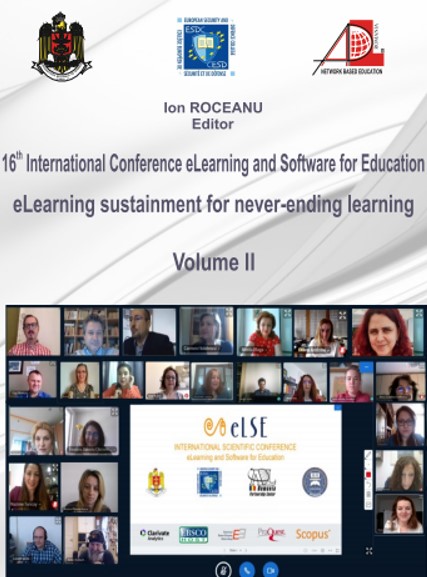FLEXIBLE VIRTUAL INSTRUMENT FOR ASSISTED HELP ACCORDED FOR PERSONS WITH LOW VISION
FLEXIBLE VIRTUAL INSTRUMENT FOR ASSISTED HELP ACCORDED FOR PERSONS WITH LOW VISION
Author(s): Barbu Cristian Braun, Corneliu Druga, Ionel ŞerbanSubject(s): Health and medicine and law, ICT Information and Communications Technologies
Published by: Carol I National Defence University Publishing House
Keywords: low vision; Braille; instrument; displaying;
Summary/Abstract: In this paper there is described a stage of the research on developing a new and flexible method for the assisted help for the persons with severe sight deficiencies. The method is based first of all on the using by the concerned persons of a software application allowing them a better reading capability, more clear, more easy, via Braille alphabet. The application was developed until now as main research activity, to a certain stage, being intending that it should be after developed continuously to a high level, for which, for as many situations as possible to be used in a pleasant and efficient way by as many people with low vision. The paper presents the way in which the application was designed, so that different characters or words to be automatically converted into messages displayed using Braille alphabet, due to several state virtual LEDs. In this way, in function of the entered character or word, by the concerned person, in a special input text-box, by running application, some LEDs will turn on selectively, reproducing in Braille the entered letter, the figure or the word. The application was designed so that the size, intensity, contrast and LEDs positioning to allow a clearer view of the converted message, being able to be received by persons with different low vision severity degrees. A special aspect on which the paper is insisted is the way in which the programming was made, by explanations and exemplifying of some logical algorithms and sequences, in order to follow step by step the concerned aspects in the designing stage of the software application. To test its potential and practical utility, it is verified periodically by successive running, in different situations on sight deficiencies simulations. The paper presents an example in which the application in the actual stage was tested on a person knowing the Braille alphabet for which three progressive myopia degrees were simulated. In this was there was demonstrated the application’s utility. Due to the fact that in case of severe myopia inducing, the tested person could not comfortably read the displayed message in Braille, the application was improved so that for a further testing in similar conditions, it becomes very helpfully one for low vision people.
Journal: Conference proceedings of »eLearning and Software for Education« (eLSE)
- Issue Year: 16/2020
- Issue No: 02
- Page Range: 62-68
- Page Count: 7
- Language: English

